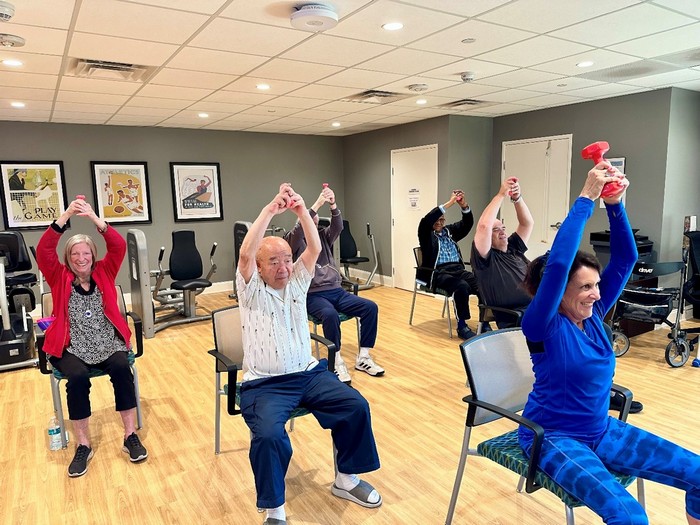
by National Institute on Aging
Long-term calorie restriction may slow the pace of biological aging in healthy adults, according to an NIA-funded study. Specifically, cutting caloric intake by 12% for two years in lean or slightly overweight adults slowed the pace of aging by 2-3%. Although the effect is small, it adds up over time; earlier research suggests that a similar slowdown may reduce the risk of dying in 10 to 15 years by 10-15%. The findings, published in Nature Aging, provide evidence that age-associated molecular changes can be slowed or reversed to potentially extend lifespan in humans.
Biological age refers to the accumulating damage, physiological changes, and loss of function that occur in a person over time. One method scientists use to measure biological age examines the epigenome, which contains a record of changes to a cell’s DNA and DNA-associated proteins. Led by Columbia University scientists, this study used DNA methylation (DNAm) to determine if the long-term calorie reduction changed how fast bodies were aging. The researchers analyzed data collected from a previous trial called the Comprehensive Assessment of Long-term Effects of Reducing Intake of Energy (CALERIE) trial. The CALERIE trial examined the effects of calorie restriction in healthy, lean, or slightly overweight young and middle-aged adults over two years. The scientists wanted to know if the calorie restriction in the CALERIE trial affected molecular processes associated with aging. The goal for participants was to reduce their daily caloric intake by 25%, but the average that the calorie restriction group was able to reach was a 12% reduction.
Compared to the 75 participants who ate normally, the 143 participants who cut their calories slowed their pace of aging by 2-3% over the two-year study using the DunedinPACE measure, a DNAm-based “speedometer” which determines the annual rate of biological aging. In agreement with earlier small studies in animals, the findings suggest that molecular processes of aging can be slowed in humans. Notably the researchers found that “clock” DNAm measures of biological age (rather than rate of aging) were not affected by the calorie reduction intervention.
Notably, the levels of calorie reduction varied among CALERIE trial participants; 75% achieved up to a 20% reduction. Using the information on these participants, the researchers estimated the effects of 20% calorie reduction and found that it resulted in more pronounced drops in their pace of aging compared to the effect in the overall CALERIE population.
The authors note some limitations to their study. First, DNAm is just one marker of aging. Other age-related molecular processes will need to be evaluated to better understand the effects of long-term calorie reduction on disease risk and biological aging. Also, data on the CALERIE trial participants was collected for two years. Larger trials with longer follow-ups are needed to determine if the slowing of the pace of aging with calorie reduction translates to long-term health benefits and longer lifespan.
Despite these limitations, this study is the first to use DNAm to quantify the effects of a lifestyle therapy on aging. Moreover, this study provides evidence that long-term caloric reduction slows changes that occur with aging in humans and suggests that epigenetic aging may be modifiable.
This research was supported in part by NIA grants AG061378, AG028716, AG054840, AG070455, AG071717, AG071549, AG060906, and AG070455.





